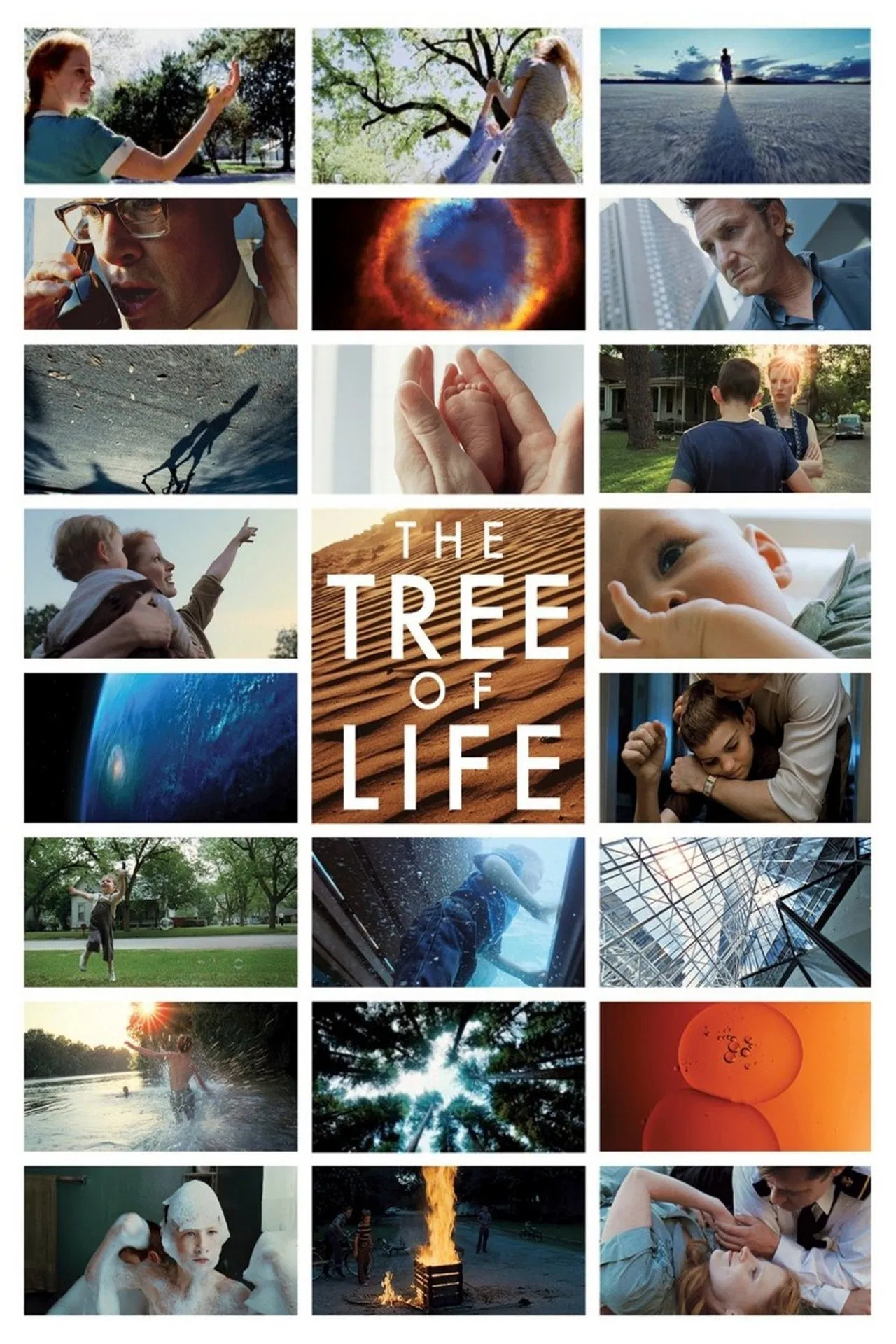
The Tree of Life
2011
Reviewed on: Apr 17, 2025
Review
There is a feeling I experience when watching certain films that I'm sure is quite common among cinephiles. A film will make artistic choices whose meaning might go over my head upon my initial viewing. But because the movie is so well-praised, I jump to the conclusion that those choices—although beyond my understanding—make the film compelling. I praise the movie even though I really don't comprehend what I am praising. This review is a concerted effort to fix that.
If you've seen this film, you probably know exactly what I'm talking about. The Tree of Life follows a grown man's (Sean Penn) recollection of his upbringing and the conflicting influences that both his father (Brad Pitt) and his mother (Jessica Chastain) have on him. But beyond that seemingly normal premise, the film is interspersed—particularly at the beginning and the end—with beautiful scenes of nature that appear to have no relation to the central story. Amidst explosions of huge suns and explorations of golden caverns, the film even features a short scene of a dinosaur's life being spared by another dinosaur (I'm coming to realize this eccentricity is a norm for director Terrence Malick).
As alluded to before, I can't say that I fully "got" the inclusions of these scenes. I'm sure there are some video essays out there arguing how they symbolize the fragility of life or motivate existentialist thought; I just found the central human-based story to be largely separate and much more compelling. I don't think I'd go so far as to say I would remove them from the final cut if I could: I respect the bold choices and the scenes are some of the most beautiful shots probably ever put to film. They just did not stir me as emotionally as I believe was their intent.
But enough with what didn't work perfectly for me. Let's talk about what did. If Boyhood (2014) follows the life of a boy changing as he grows up, then The Tree of Life is much more about a man remembering the changes he went through as a boy growing up. Jack's upbringing is ethereal and secondhand—as if we're peering through a man's mind to take a look at some of his most defining childhood experiences. There is a flow from scene to scene as if Jack is guiding us through his memories, as one would do reliving past experiences through a daydream. When one memory is finished being re-lived, it spurs the recollection of another—sometimes a glimpse and sometimes a core memory—the authenticity of which is aided by the intentionally unsteady camera work. These transitions, with their emphasis on movement, never feel jarring and are what I'd imagine reading someone's mind would actually be like.
Ultimately, I think I've decided that I am in awe of the way Terrence Malick films look. There is an emphasis on natural lighting in this film that makes each shot feel simple and beautiful. I've said nothing of the character work or in praise of the plot, but part of the reason I feel these were executed well was because of the way they interact with the film's cinematography. They all work to convey the messiness that is inseparable from parenting, growing up, and changing in general.